Maintaining an aquarium can be hard, especially when it comes to cleaning it! Some uneaten fish food would oftentimes find itself on the aquarium bed and debris from the outside world would sometimes fall into the tank as well.
One frustrating problem is Algae Overgrowth that could make your tank look like the swamp monster lives in it!

Photo by FengShuiNexuss
Worry not! There are many ways to prevent this from happening! Let's talk about algae eaters! These are in a form of fish, snails, shrimp, and crabs that love to munch on these microorganisms.

Photo from ratemyfishtank.com
1. The Darwin Algae Eating Shrimp. Known as a native Australian Shrimp. It got its name from the location it is abundantly found in Darwin, Australia. They are a small attractive species of shrimp that mainly eats algae which is good for aquarium tidiness, especially when a good amount is added to the tank. They consume Detritus (decomposing organisms) as well as leftover fish food that sinks to the bottom of the tank.

Photo from ArizonaAquaticGardens
2. The Red Nose Shrimp. One of the prettiest pet shrimps you can find! They may be a distant cousin of Rudolph? I’m not sure! Kidding aside, these species mainly reside across the Indo-Pacific region from Japan all the way to West Africa. For hobbyists, this is not a common shrimp as it is difficult to care for. These types of shrimps are Pelagic, meaning they go from the surface of the body of water it lives then into the deepest part. They also need to live in Brackish Water, meaning your tank should have enough salinity level for it to thrive or it would survive for only a few weeks. These shrimps are scavengers and omnivores. They will eat almost any food they find! Their main food is Algae or biofilm which can be an advantage for aquarium cleanliness. If you are successful enough to bring the parameters of the water of your tank to cater to this type of shrimp, what a beauty they would bring that will make other hobbyists envy you!

Photo by AquariumCareBasics
3. The Ramshorn Snail. The name comes from the resemblance it’s shell has to the Ram is the horn. This type of species are seen by some hobbyists as a pet and some as pests as they can accidentally hitch a ride from a plant as an egg or newly hatched snail into your tank. Their main diet includes dead plants, uneaten food at the bottom of the fish tank, and Algae! They spend most of their time on the surfaces of the tank scavenging for food. The Favorite Food of the Ramshorn Snail is the green algae growing on hard surfaces like the aquarium glass, which helps with maintaining a clean tank!

Photo by Galleon.ph
5. The Nerite Snail. It is known to voraciously eat algae and is willing to eat any type of algae while not harming the live plants inside the tank. Their shells come in a variety of colors and patterns that make it a perfect addition to your fish tank!

Photo by aquatic arts
The Mystery Snail or Apple Snail is one of the largest among all Algae eating Snails but only grows up to 2 inches making them good additions to medium or large tanks. These Snails are Detrivores meaning they eat dead decaying organisms found on the bottom of the tank, they also eat most types of algae and leftover fish food.

Photo by Aquatic Arts
6. The Red Cherry Shrimp. A bright shining little creature! It is known to be peaceful algae eating shrimp. Both beginner and expert hobbyists recommend having this type of shrimp in your tank as it adds color and is one of the toughest requiring little care or upkeep. These cherry shrimp would most likely thrive better with planted setups that keep them safe and secure.
There are still many Algae eating animals out there, so it’s best to do a little more research and choose the best type to suit your tank, whether it be a community tank or a single species tank!
An ounce of prevention is better than a gallon of cure!

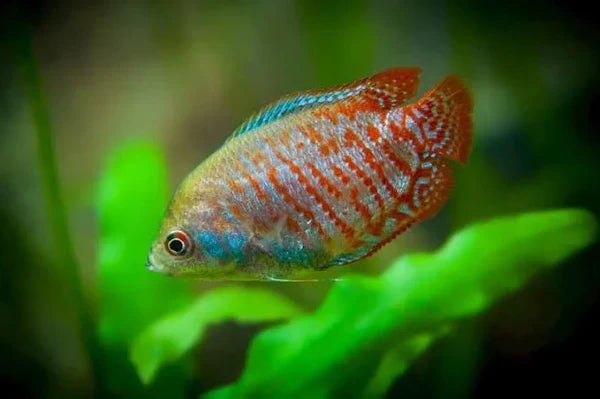
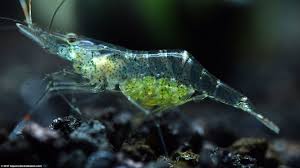
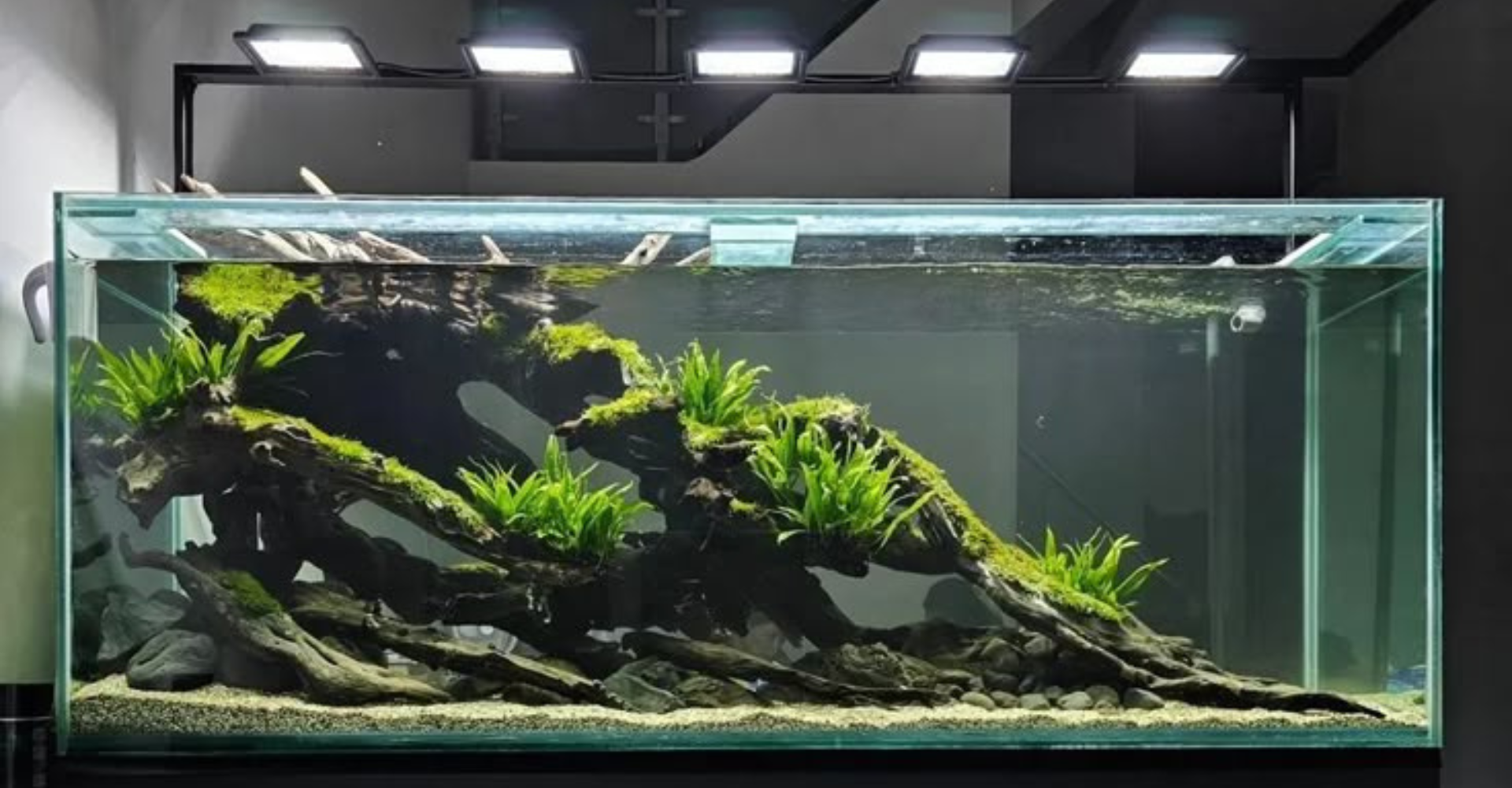
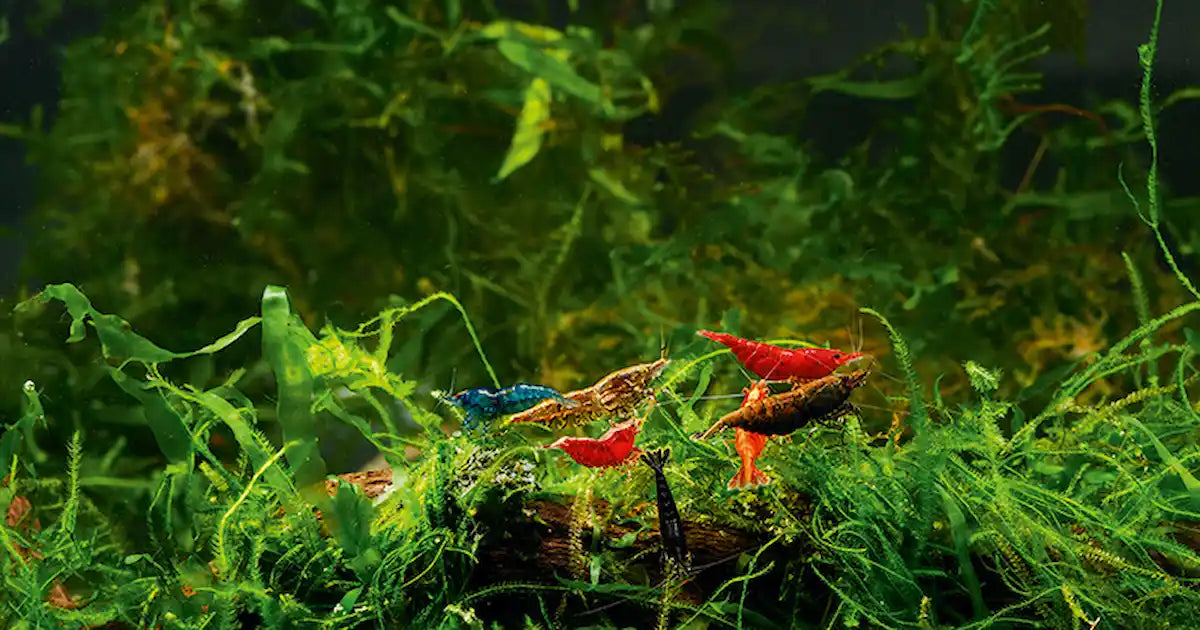
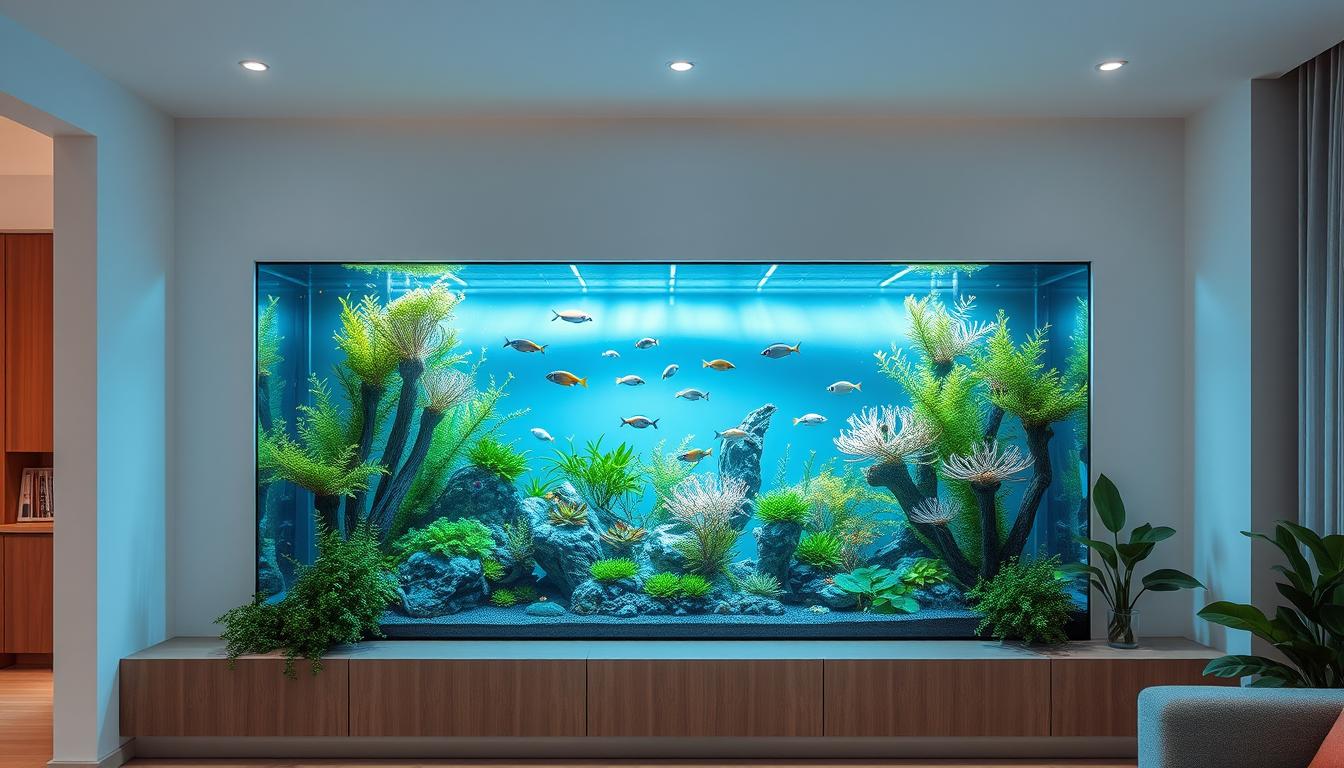
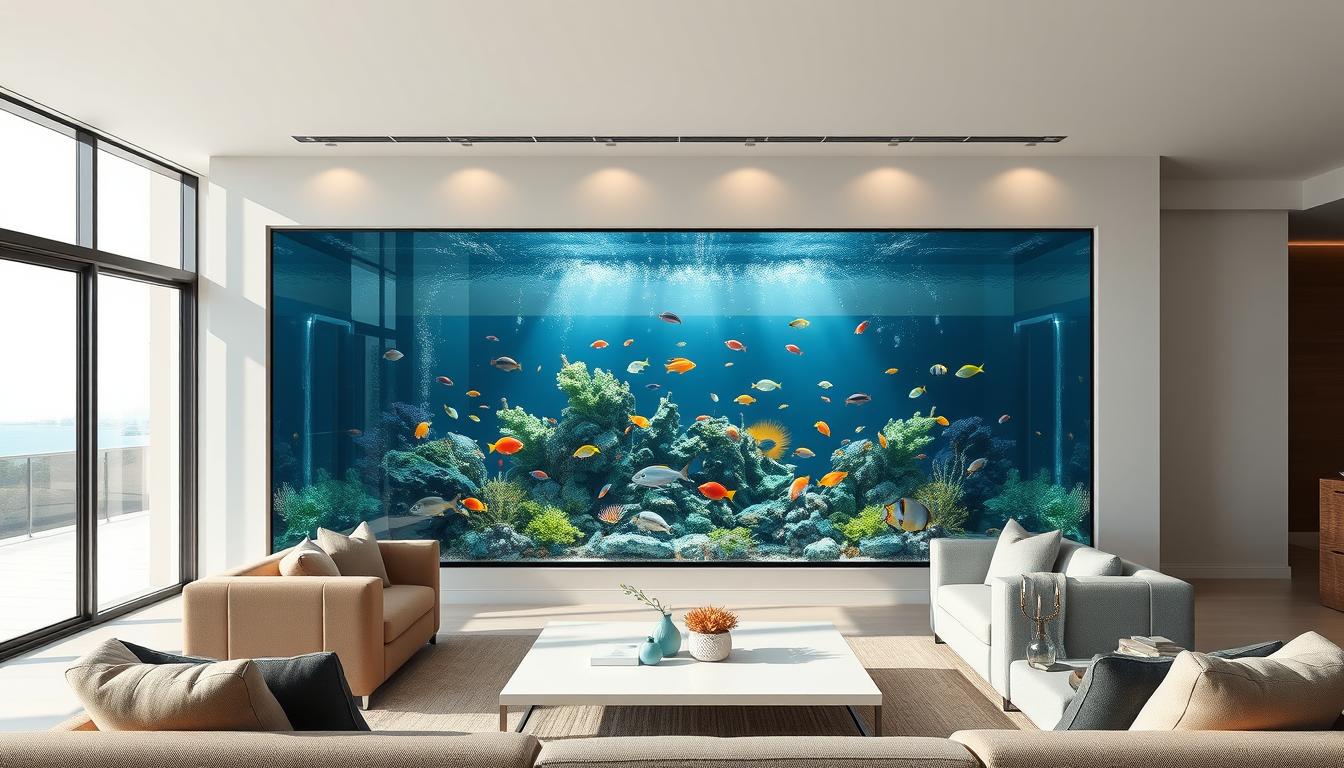
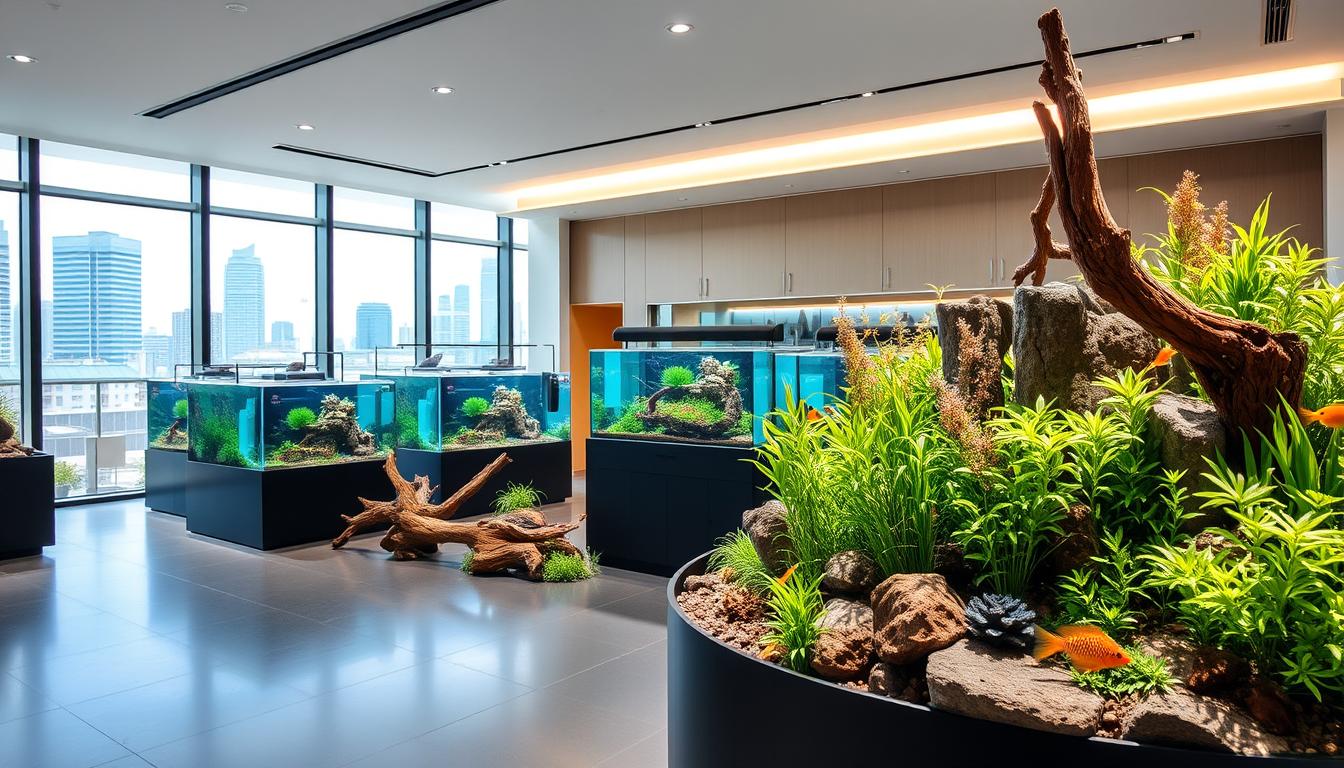
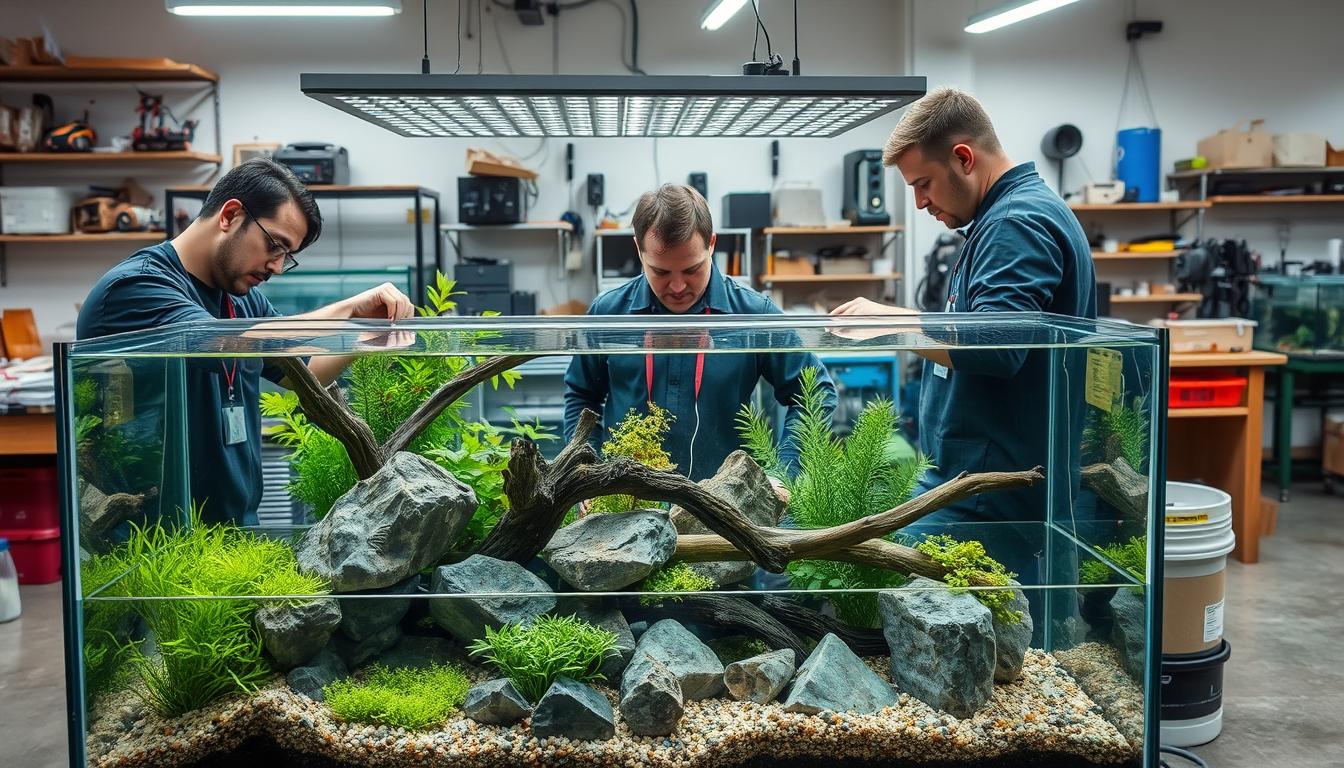
1 comment
Bill
do you do marine shrimp?